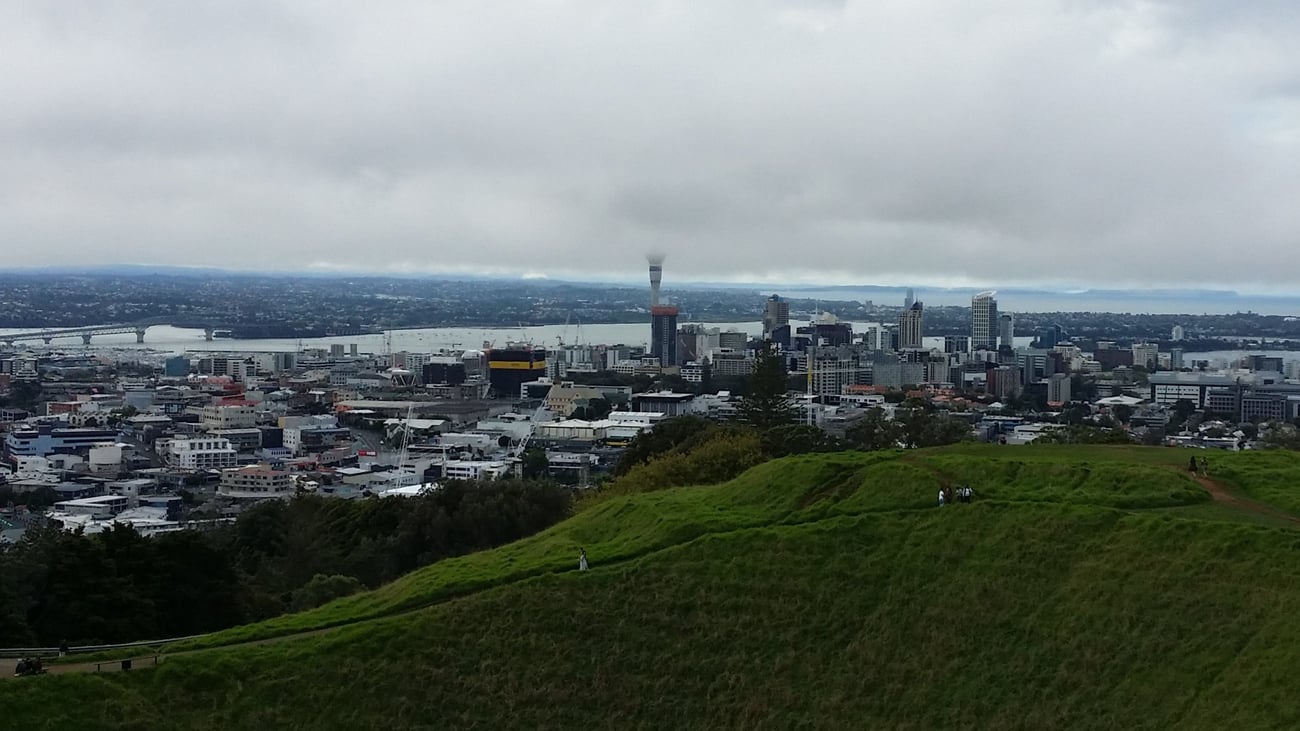Budget 2018: As the goalposts shift towards wellbeing, here’s what the Government plans on doing to address child poverty

Anyone who’s spent any amount of time in Aotearoa can attest to the following: child poverty and social inequality is a serious issue. While the issue has been highly publicised, it remains just that: an issue.
The Government is trying to fix that, of course – and it’s one of the key focuses of its new budget, which has a special focus on social services and reducing inequality in New Zealand.
Among the things in the budget that specifically address child poverty include:
- Extending free doctors’ visits and prescriptions to under-14-year-olds, which the Government claims means 56,000 newly-eligible children.
- Expanding school-based health services to cover decile 4 secondary schools.
- Increasing the number of children in early childhood education.
- Spending an additional $284 million over four years on additional educational support.
- Increasing public housing by more than 6,000 homes in the next four years.
- Grants for low-income homeowners to insulate and heat homes.
- Providing $105 million over four years for a clothing allowance for children supported by an Orphans or Unsupported Child’s benefit – a benefit which was previously limited only to children in care.
- Creating special Child Poverty and Child Wellbeing units to help develop strategies to reduce child poverty.
- Increasing the sample size of a Household Economic Survey from about 3,500 households to about 20,000 households, which the Government claims will provide a more accurate picture of child wellbeing and low income, “so we can make sure our policies are making a difference.”
The new budget from the Labour Government is quite a bit more than what the last, National Party-led Government had, particularly in terms of tracking child poverty and actually discussing the scope of the issue and creating strategies to deal with it, as well as addressing wellbeing.
Prime Minister Jacinda Ardern – who also happens to be the Minister for Child Poverty Reduction – is certainly confident in the chances of reducing inequality and child poverty and increasing overall wellbeing. “The Coalition Government is committed to genuine change to ensure New Zealand becomes the best place in the world to be a child, and today’s Budget continues the significant work already underway,” she said. “From 1 July 384,000 families with children will see their incomes boosted as a result of our Families Package. But income is only part of the solution.
“At the very least, children need a warm, dry place to call home, an education that sets them up for life, safe and supported families, and to be able to go to the doctor.
“As part of my Child Poverty Reduction Bill, the Government has committed to reducing child poverty rates to historically low levels and to embed child wellbeing in all of the Government’s work.
“Today we’re walking the talk, with a suite of investments that will rebuild our health and education systems and improve children’s living standards now.”
Government statistician Liz MacPherson is also confident since, as part of the budget, Stats NZ will receive an extra $25.7 million over the next four years. “Data from the Household Economic Survey will show the number of children in poverty and changes from year to year,” she said.
“These improvements will support the Government’s plans to reduce child poverty.
“Stats NZ will have improved data at a regional level. We will also have data about M?ori and other groups, which will enable better support for families.
“This data will help agencies, the government of the day, and the public to understand whether policies are helping to reduce the number of children in poverty.
“Getting a better understanding of the stories behind the data will make a real difference to reducing child poverty and improving the well-being of our children.”
Deloitte partner David Lovatt said what’s important is how the Government seems to be shifting away from raw economic numbers and addressing individual wellbeing – adding that plans for a “wellbeing budget” next year (which could be a world-first) shows a commitment to embracing innovation in promoting social equality and making people’s lives better. “In general, Kiwis would support a more prosperous New Zealand with wellbeing in abundance,” he said. “But the road there remains uncharted while government still lacks the vehicle to take us there. The Living Standards Framework and wellbeing measures provide a compass to guide us, but the real work lies in the future when government decisions reallocate between New Zealand’s four capitals of wellbeing (financial, social, natural and human).”
The Prime Minister said much work still needs to be done. “In a country as wealthy as ours, we have the opportunity and the obligation to ensure children are free from the burden of poverty. This Government is putting the wellbeing of children at the centre of everything we do.”





